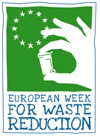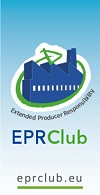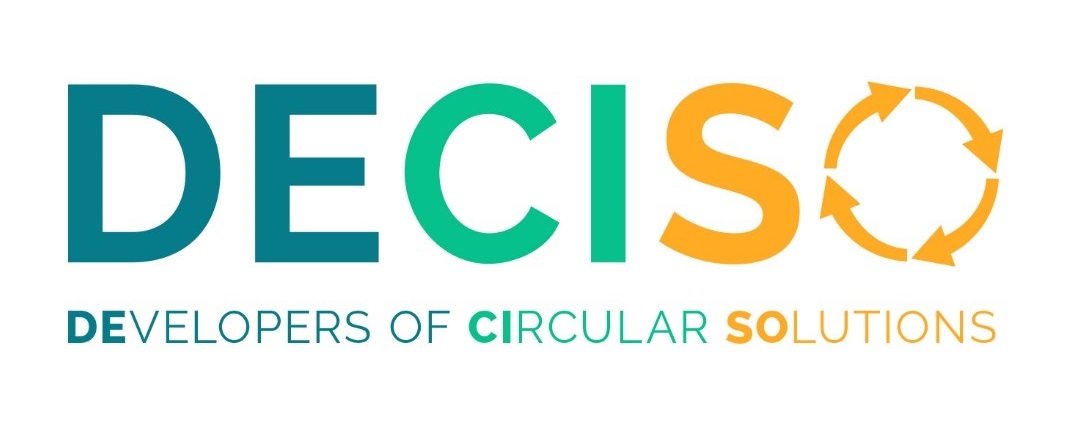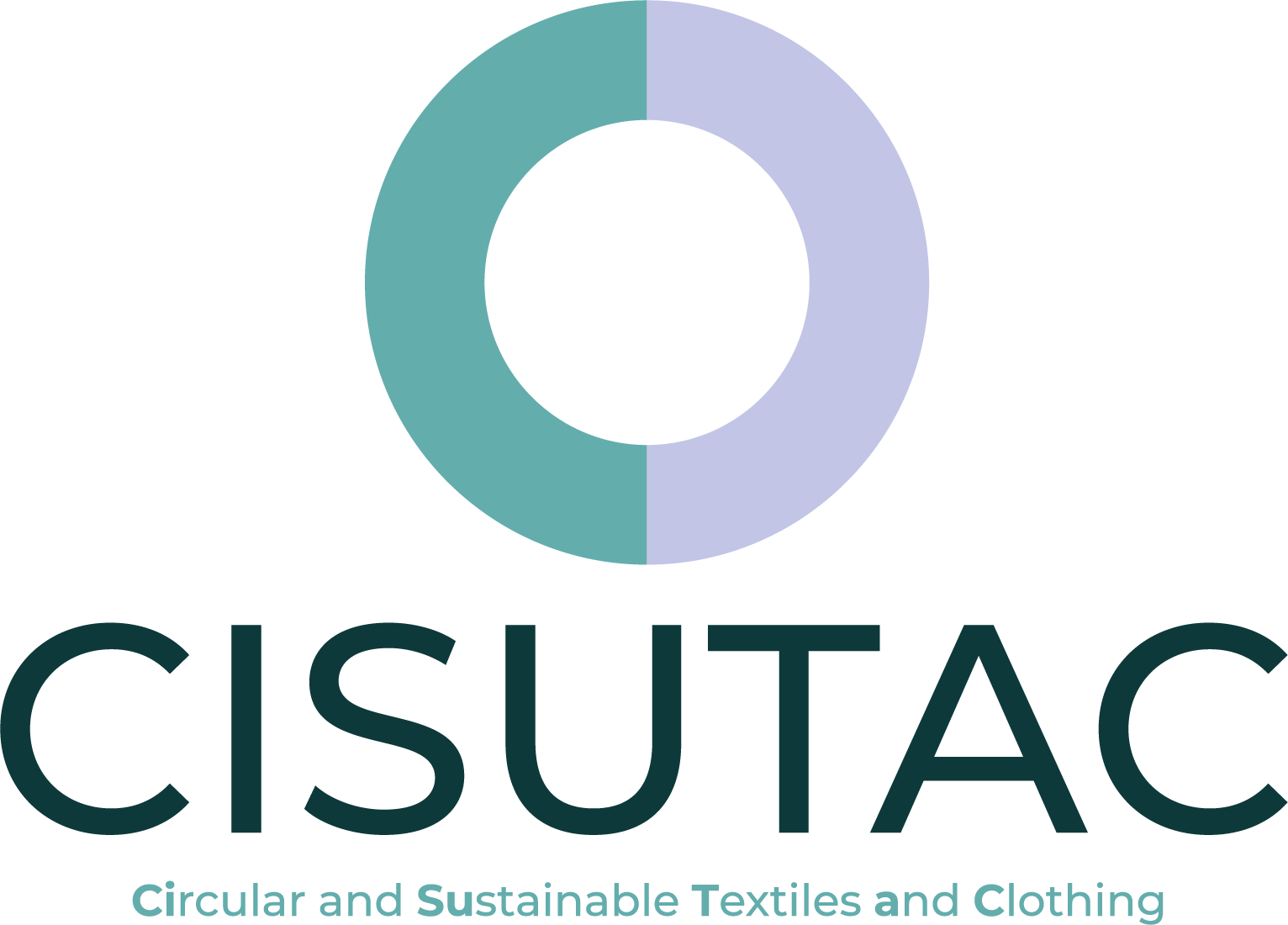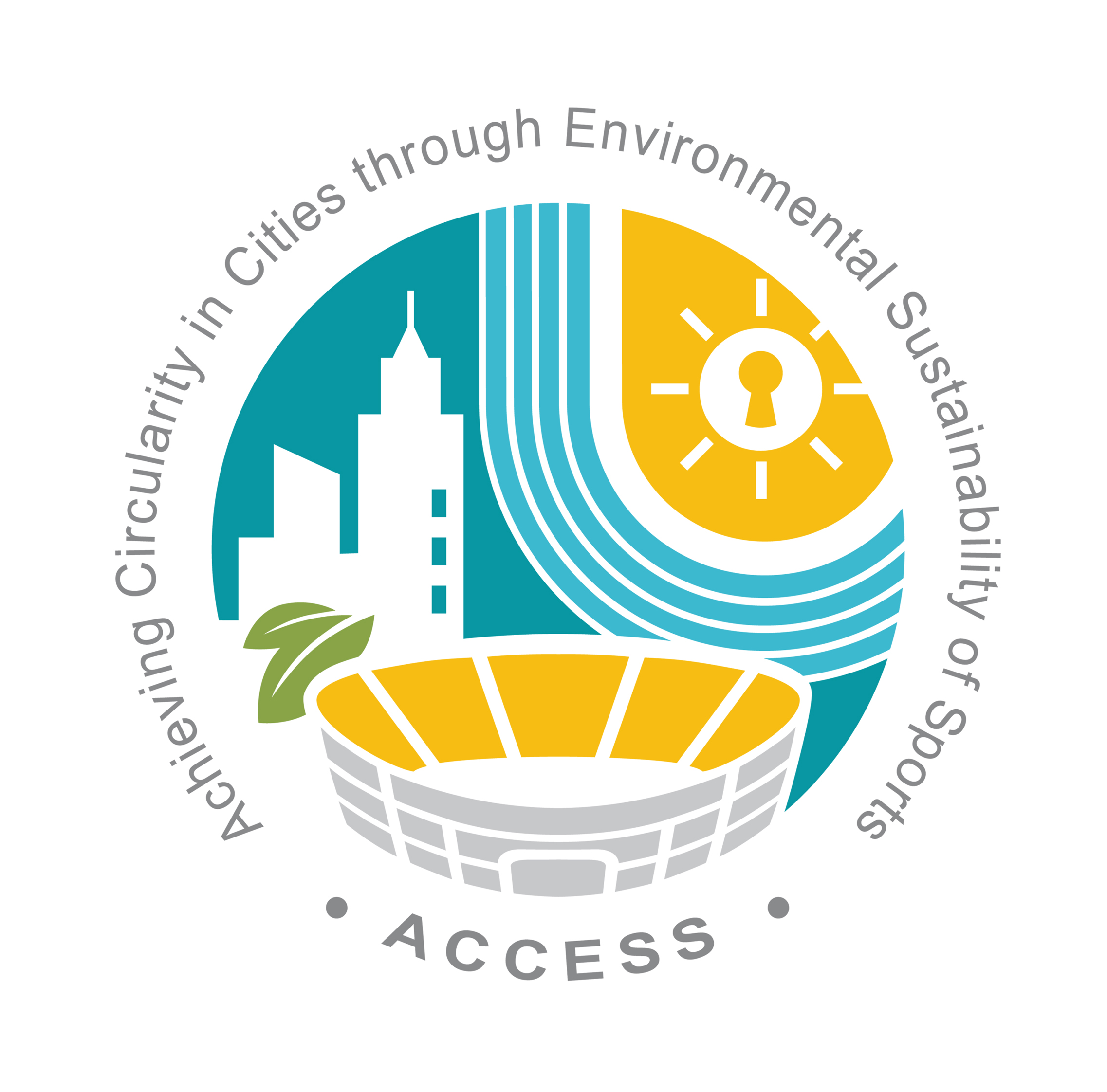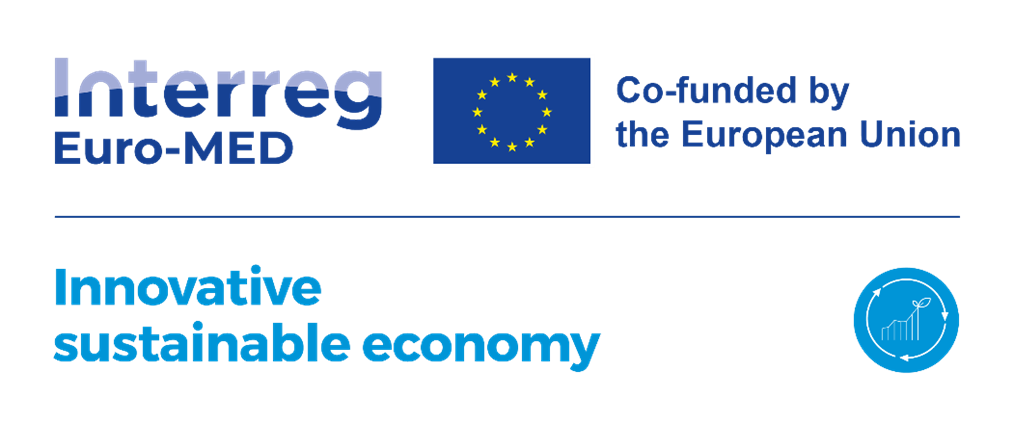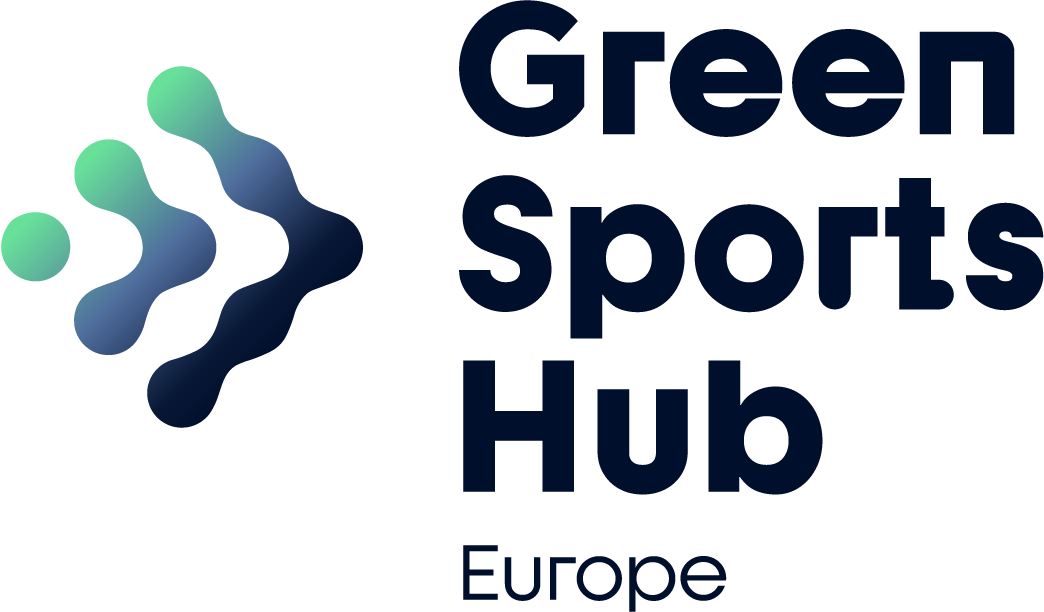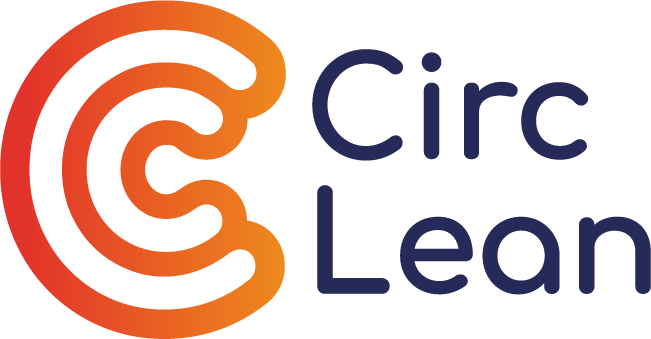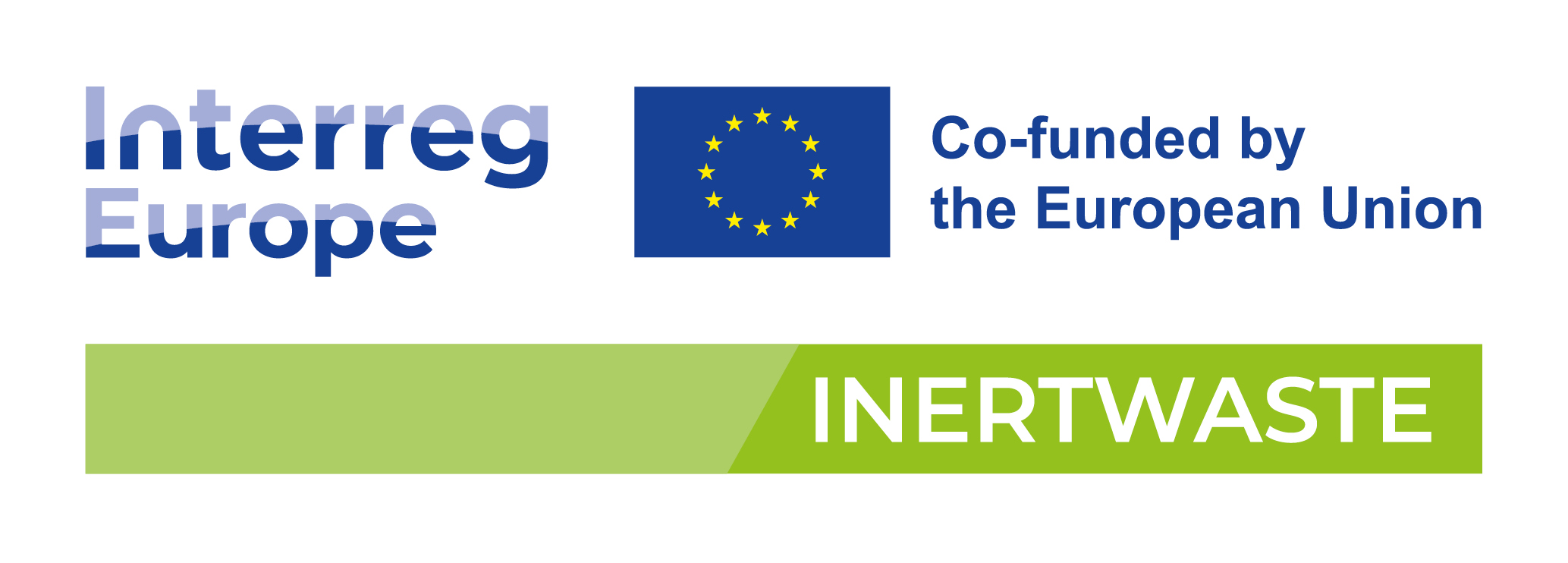The report provides an overview of the different organisations and an analysis of the local performances of 135 waste collection systems across Europe. It highlights the great diversity of collection systems, with many different sorting systems and combination of collection modes (door-to-door, bring bank, combined, etc.).
This report is a publication of the ACR+ Waste Observatory whose objective is to allow consistent comparisons among local and regional authorities, in order to provide benchmark on municipal waste management and identify effective waste strategies enabling quality recycling. Data analysed have been collected in the framework of the H2020 COLLECTORS project that aims at identifying good practices to improve the quantity of sorted municipal waste leading to high quality recycling.
Common trends and specificities
The report notes common trends: the use of bring system for glass packaging is quite widespread, and the “PMC” system (source-separating glass and paper/cardboard, and co-mingling the other packaging) is the most widespread across the different Member States. In addition, glass and paper/cardboard are more commonly source-separated, while plastic, metal, and composite packaging (“PMC”) are more commonly co-mingled.
When it comes to specific context, it appears that door-to-door systems are more widespread in waste collection systems with high gross domestic product (GDP), while bring bank systems are a bit more common in average and low-GDP areas. Besides, the implementation of the different collection modes varies among the systems studied, with very different collection frequencies for door-to-door systems, and significant differences regarding the density of collection points among bring bank systems.
Success factors of high performances
The report finds that territories with a very high tourism intensity generates considerably more paper and packaging waste, while low-GDP territories tend to generate less paper and cardboard waste. In terms of sorting performances, waste collection systems with very high density of population and areas with very low GDP generally present lower recycling performances for PPW.
The key to a successful waste strategy, as shown by the analyses, tends to lie in the combination of various instruments: source separation of glass and paper/cardboard, collection mode, density and proximity of bring banks, higher collection frequency for PPW, and PAYT. Interestingly, there is on average no significant differences of performances between systems mainly relying on bring banks and door-to-door collection systems.
A call for further analysis
This work is only a first step in understanding success factors of high performances. Additional elements such as communication, the organisation of pre-collection, or the degree of incentivisation of the different PAYT systems, are still to be documented in order to get a full picture.
















